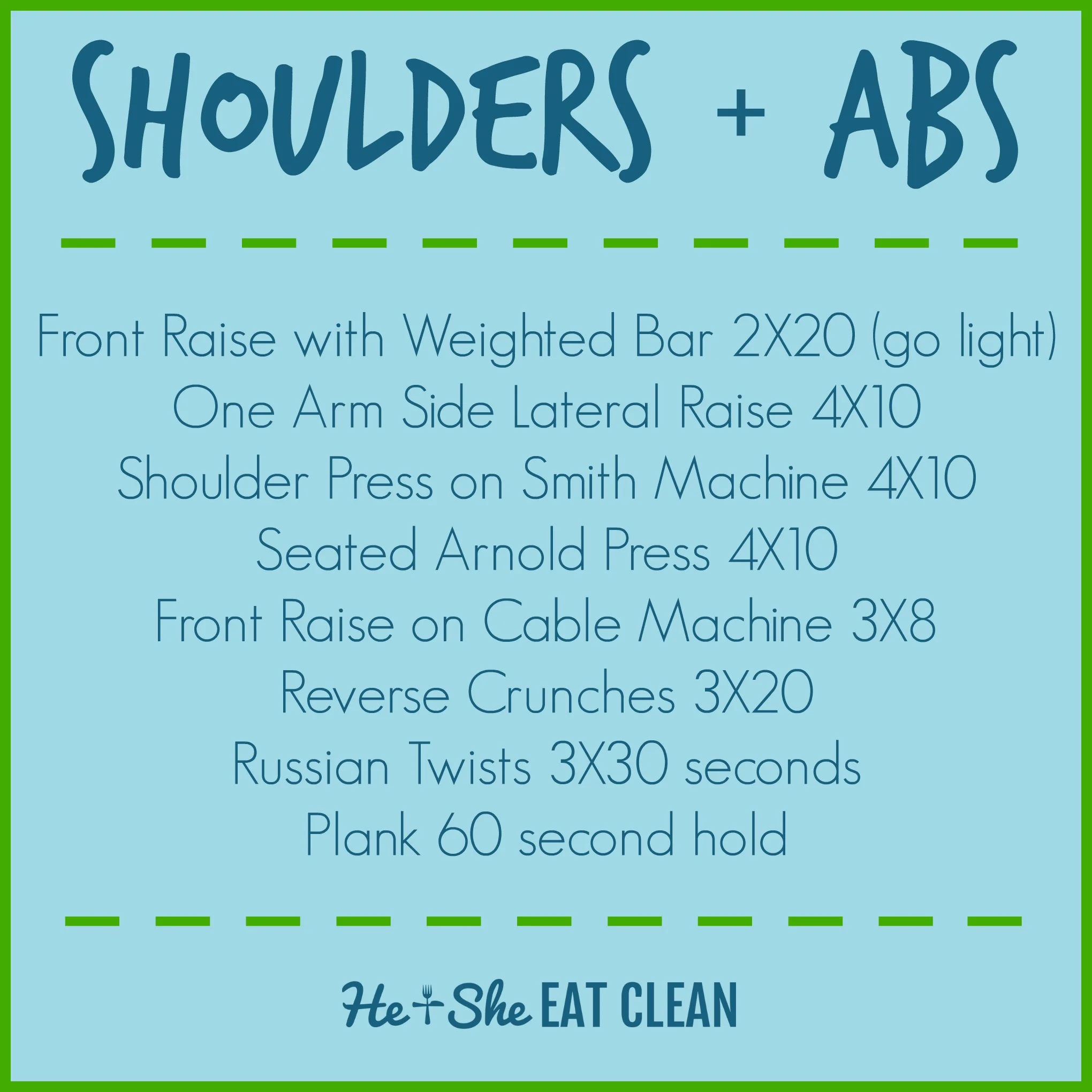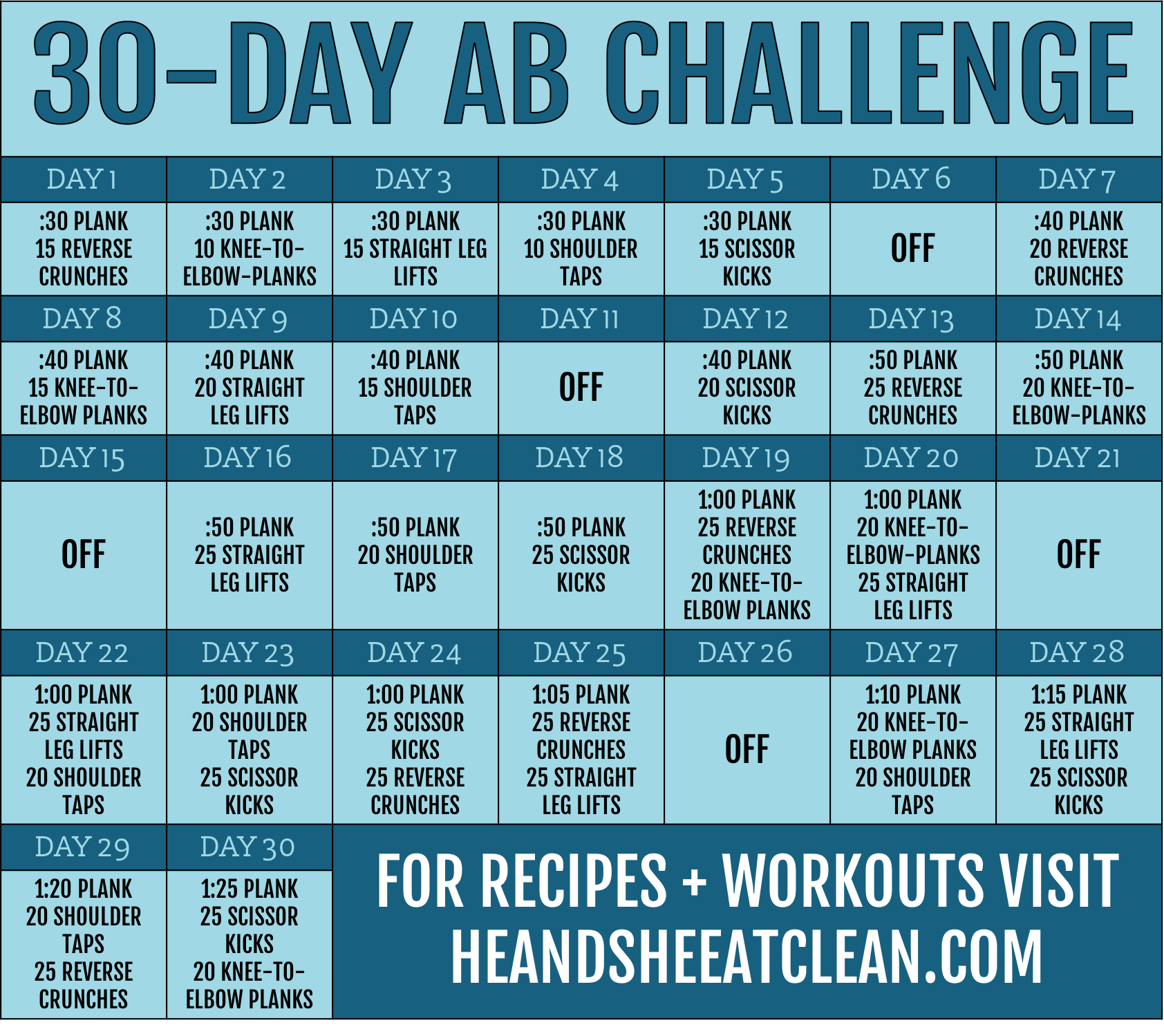We have all seen those cute little sports bras that look more like something you may want to sleep in vs. something you could actually break a sweat in. They look adorable and for a moment, you may consider them, but will they really give you the support you need to really kick your workout up a notch?
Cup Size REALLY does matter! (Okay, only in the world of buying bras people!) Take this guide along next time you go shopping for a sports bra.
How to Choose the Right Sports Bra
A-B Cups
Smaller chested women can really wear any sports bra, however, the activity type will be one of the most important factors here. Compression-type sports bras are ideal for women with A or B cups - either scoop back or racer back. Bear in mind that you will have more support with a racer back and thicker straps. So if you are running, you may opt for a racer back with larger straps vs. a cute thin-strapped scoop back bra for Pilates or barre class.
Compression Scoop Back Sports Bras
Compression Racer Back Sports Bras
C-D Cups
Ladies that are a little bustier than their A-B friends, will need to pay more attention to the coverage area that their sports bra provides. Women that are a little bustier may benefit from a combination compression and encapsulation sports bra. Again, function is everything when you are thinking about sports bras - wear your most movement minimizing bra for higher impact workouts like HIIT or step aerobics. Keep the lower-coverage bras for lifting weights or yoga.
Compression/Encapsulation Combination Sports Bras
DD+ Cups
If you are bustier, you may have a hard time finding a bra that actually minimizes your movement no matter what activity you are participating in. For women with larger D or DD and larger cup sizes, the key to your sports bra is encapsulation! You need a sports bra in a high performance fabric that's actually made similarly to your everyday bras - with two molded cups and thick, dependable straps.
Encapsulation Sports Bras
Need a little extra help with incorporating strength training with your runs? Don't want to think about your workouts? Let us be your personal trainers with our She Sweats 12-week Run Builder and increase your mile time. It guides your workout each day and has everything you need! Find out more!






































![#ProgressIsPerfection [3 Simple Ideas to Reach Your Goals]](https://images.squarespace-cdn.com/content/v1/555c964fe4b07d15252a8927/1520969172984-7HDOHI6ZRM0PCZCZ7O67/progress-is-perfection-silk-he-and-she-eat-clean2.jpg)


























